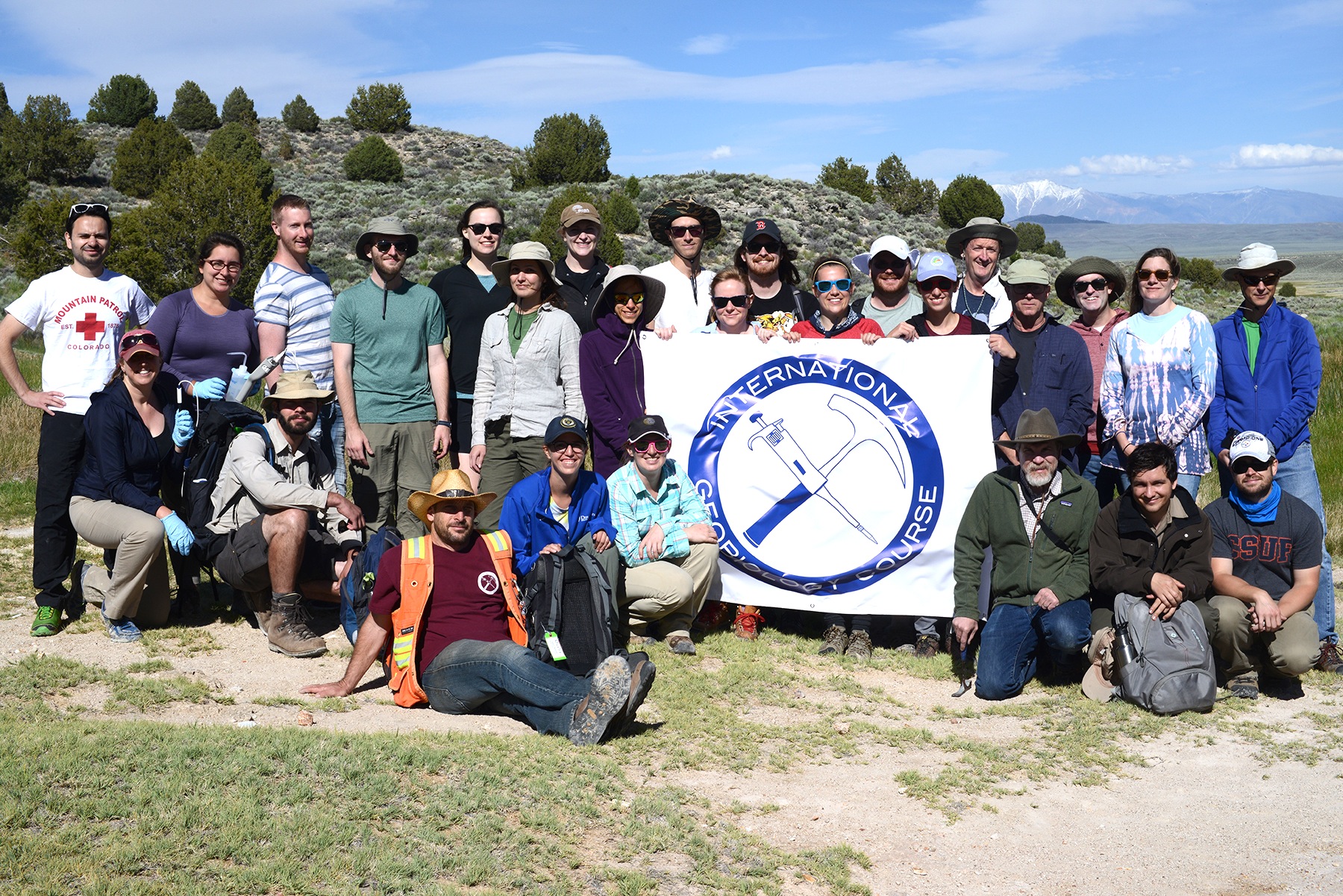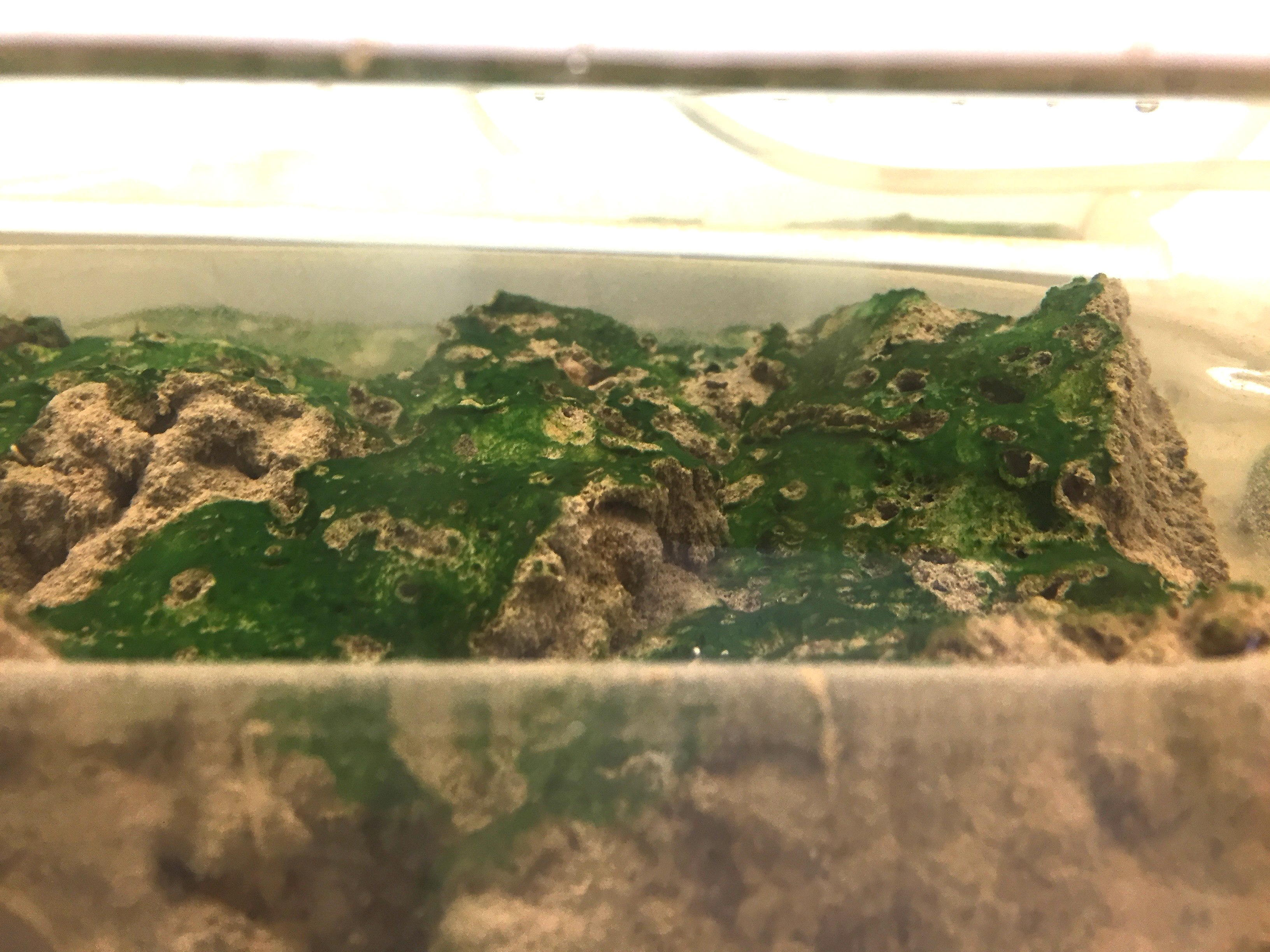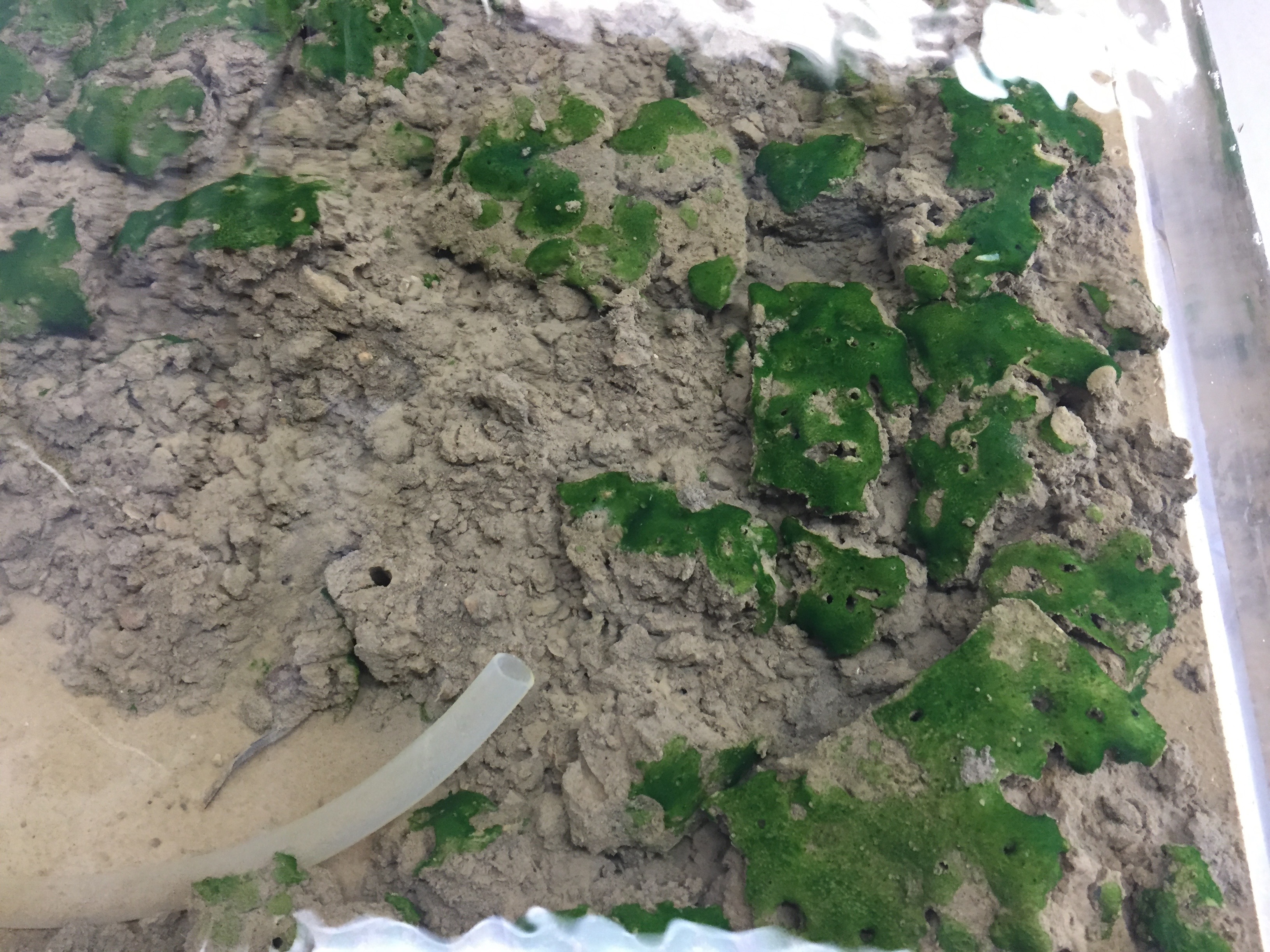By: Dr. Carie Frantz (GeoBiology Course instructor)
After an amazing research trip to Sierra to study Mono Lake and the surrounding environment, the International Geobiology Course is at the Wrigley Marine Science Center for a few weeks as the final leg in our field-based summer course for top graduate students in geobiology from around the world. The course began in 2002, and you can keep an eye on these students to become leaders in the field. Several of the students are the graduate students in the labs of previous Geobiology students!
This class of students has been spending long days in lectures on everything from the Triassic-Jurassic mass extinction to the application of trace metal isotopes to understanding the evolution of ancient metabolisms. Most days also involve several hours spent in workshops on the analysis of environmental metagenomes, computational modeling, and carbon mass balance calculations. After evening talks by prominent geobiologists from all around the country, the students have been… going for midnight swims? Watching movies? Sleeping? Nope, they’ve been in lab, elbow-deep in mud. It’s not just mud, however. Look closer, and you’ll see splotches of green “hairs” on the surface. These are cyanobacterial mats.
On one of our first days on the island, the group took a field trip to Catalina Harbor on the opposite side of the isthmus from Two Harbors to see the microbial mats that grow in the quiet tidal mud flats. Students woke up at 4:30 am to catch a minus tide, and as the sun slowly came up watched the mud turn several shades of green, announcing the presence of dense bundles of filamentous cyanobacteria. Cyanobacteria are bacteria that do the same sort of photosynthesis that plants do, harnessing sunlight to split water, fix carbon for growth, and produce oxygen in the process. It was some ancestor of these cyanobacteria that first invented oxygenic photosynthesis a few billion years ago, forever changing the composition of our atmosphere, the geochemistry of our planet, and the evolution of life (we would not be here without that oxygen that cyanobacteria first produced!).
There’s a lot that these mats can tell us. In past years, students of the GeoBiology course have done experiments to investigate how these mats trap and bind grains and potentially build structures that we see in ancient rocks. Some of this work has resulted in the publication of scientific papers. This year, the students are interested in something new—it seems that it’s not just cyanobacteria in the mats. There are other long, stringy (filamentous) organisms living deep inside, organisms that, based on some initial microscopy work, we think may be oxidizing sulfide (the chemical that causes rotten eggs to stink). To do this, the students have filled the laboratory seawater tanks with handmade experimental boxes packed with mats that were treated in different ways to favor the growth of cyanobacteria in some boxes, sulfur oxidizing bacteria in other boxes, and sterile controls in additional boxes. In a few days, they will pull the boxes off and see how well the mud stays together. If the experiment works, the students hope to present the results at the annual American Geophysical Union Meeting, and blow some minds.
Meanwhile, there’s a lot of other work going on. Jars on the lab benches filled with different types of rocks are hooked up to carbon dioxide monitors—the carbon dioxide levels in the jars are going down over time, and different rocks do this at different rates. Computers are humming while they crank through several terrabytes of gene sequence data from some unique field sites, including a hot spring, Mono Lake, and a lake in Nevada that seems to be actively growing large carbonate towers; the students hope to use the sequence data in combination with a ton of environmental chemistry data to understand which organisms and environmental parameters might be influencing the interesting structures we see in these environments…and how the environments are influencing the different types of organisms present in the environments. And there’s more data on the way.
All too soon, students will leave the island, exhausted from all of the hard work, yet energized with new ideas and a unique breadth of scientific training. But its not really goodbye. We’ll see many of them again at scientific meetings in the years to come, presenting the work they did this summer as well as work done in their home labs applying the techniques and concepts they learned to their areas of interest.
Carie is a former International GeoBiology Course student, current course instructor, and new faculty at Weber State University in Ogden, Utah.







